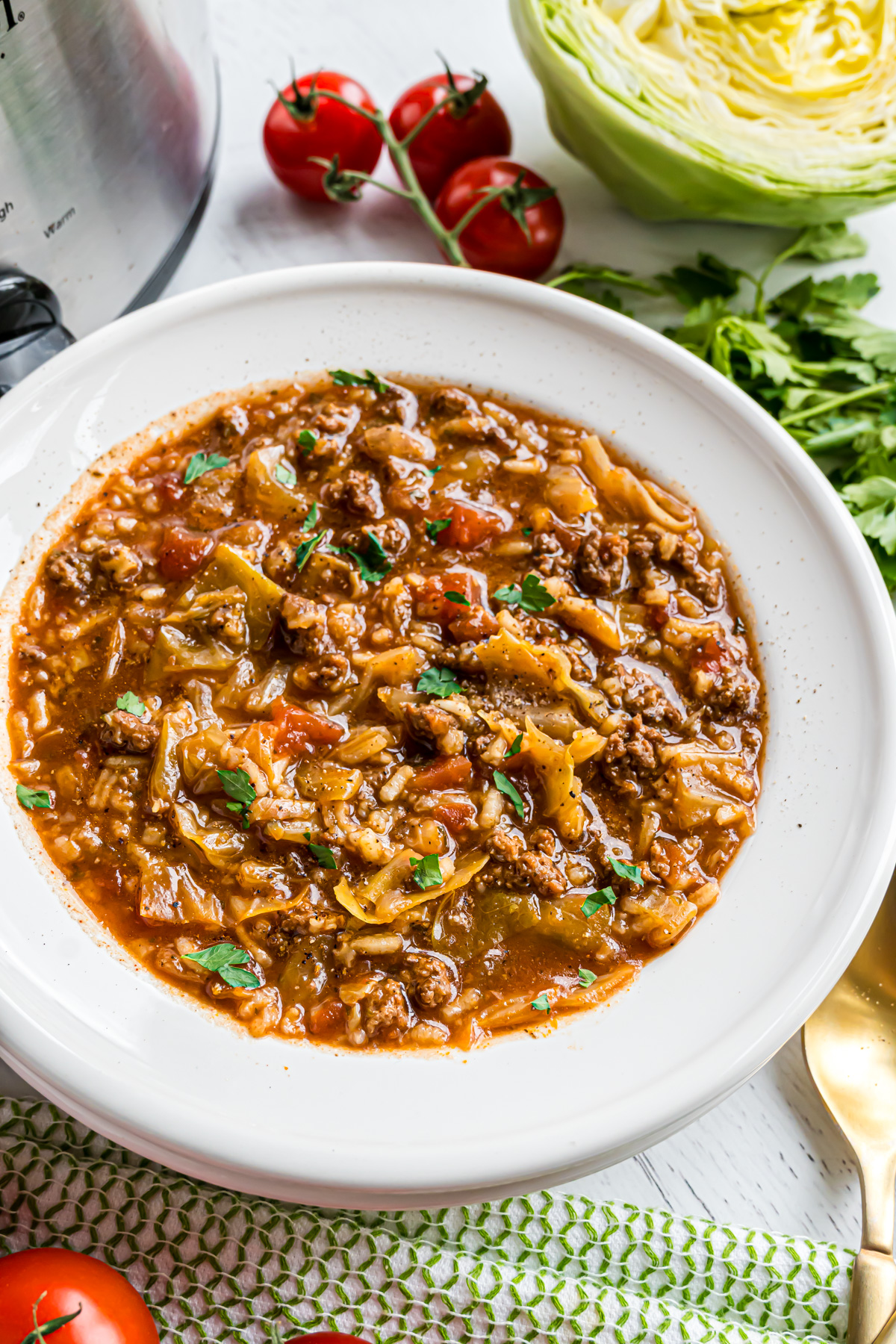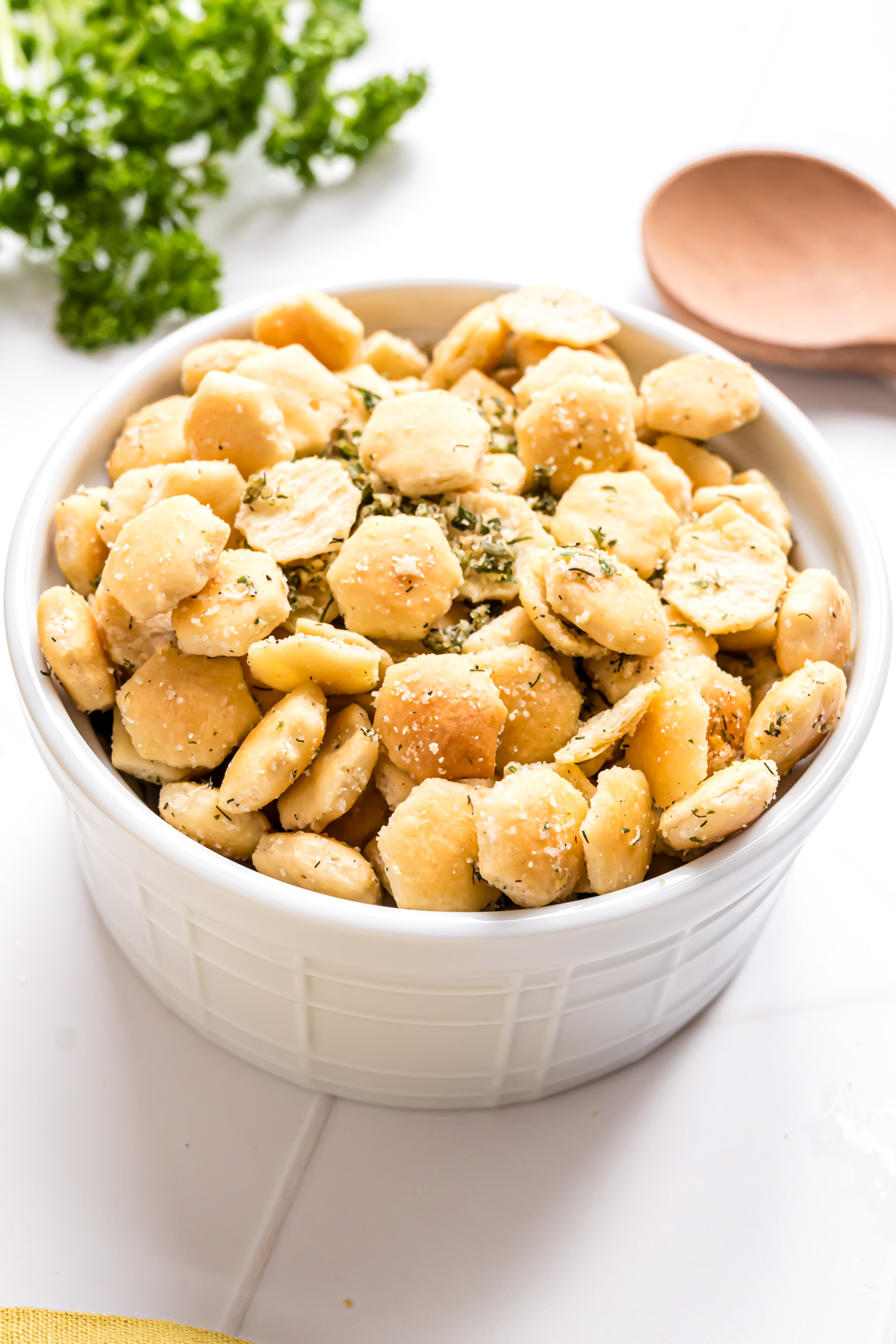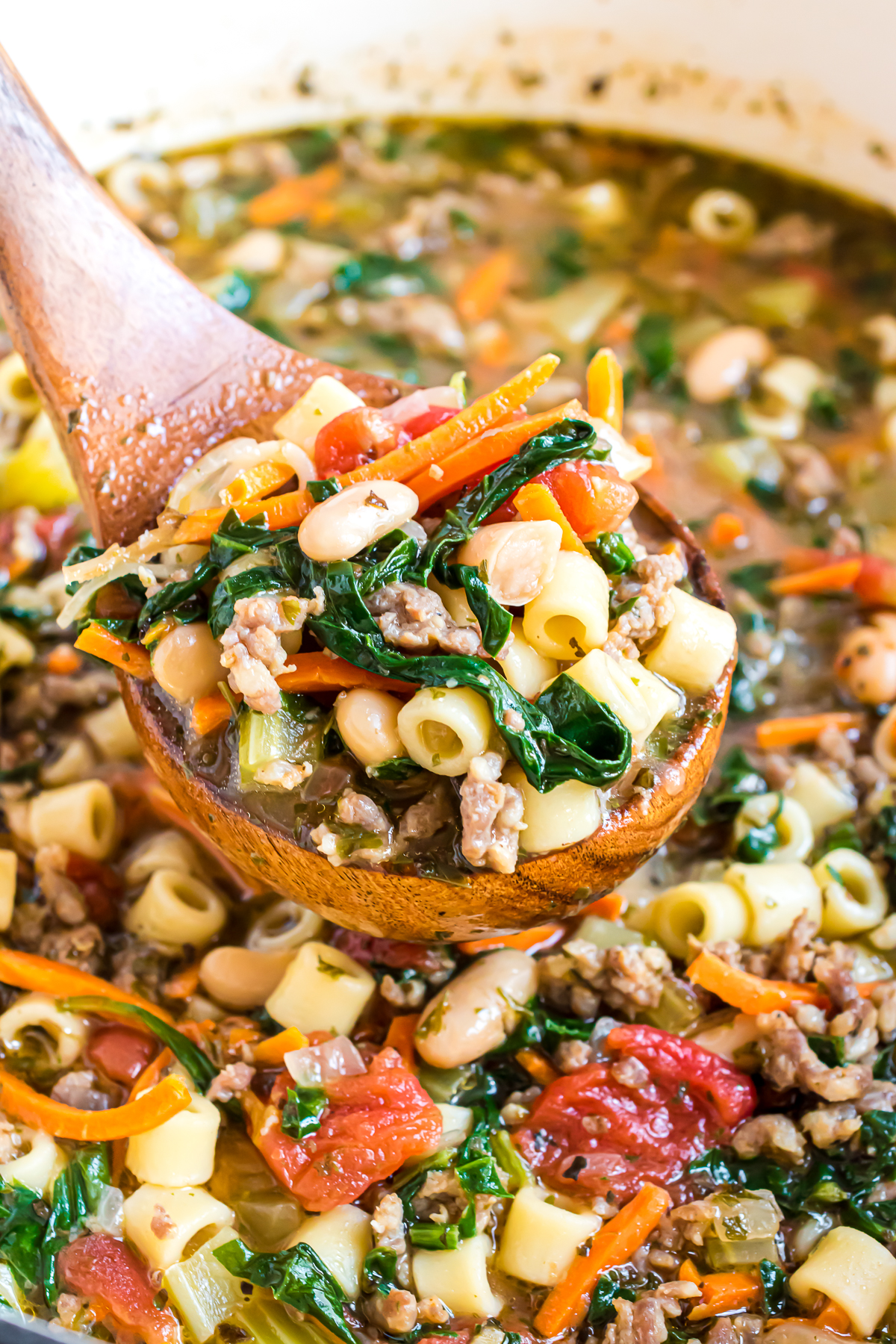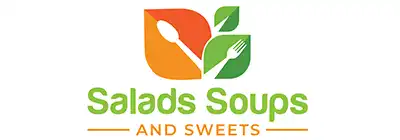There's nothing quite as comforting as a hearty bowl of soup, whether it's a creamy chowder, a brothy chicken noodle soup, or a vegetable-packed minestrone. But sometimes, your favorite soup recipe doesn't quite hit the mark on thickness. You're not alone if you're wondering how to thicken soup without flour or cornstarch.
The good news? Different ways to achieve a thicker texture include natural thickeners, pantry staples, and a few clever tricks.
If you’re avoiding gluten, trying new methods, or you've run out of cornstarch or all-purpose flour, this guide has you covered. From starchy ingredients to dairy-free alternatives, let’s explore the best methods to thicken the soup and bring it to the right consistency.
How To Get The Best Results When Thickening A Soup
- Always add thickeners in small increments to avoid over-thickening.
- Stir constantly to distribute the thickener evenly.
- Simmer the soup over medium-low heat for even cooking.
Whether you’re making Chicken Noodle Soup, brothy soup like Navy Bean and Ham, or creamy Broccoli Cheese, these methods ensure you achieve the perfect thick soup every time.



1. Blend It for a Creamy Texture
One of the easiest ways to thicken soup without adding extra ingredients is to blend part of it. By pureeing a portion of the soup, you create a thick soup that still highlights the main ingredients. I use this technique in my Pumpkin Tomato Soup to create a thick, velvety texture.
- Immersion blender - If you have a stick blender, it's great for blending directly in the soup pot. There is no need to ladle soup into the blender and then pour it back into the pot.
- Countertop blender or food processor - If you don't have an immersion blender, you can use a large blender or food processor for larger batches. If you don't want to blend all the soup, you can scoop a small amount into a separate bowl or use the immersion blender in the pot.
Blend until you get the desired consistency, and stop blending or stir it back into the soup pot.
For soups with potatoes, sweet potatoes, or other starchy vegetables, blending a portion of the soup goes a long way in achieving a creamy texture.

2. Add Starchy Vegetables or Foods
Another simple way to thicken soup is by using starchy foods. Potatoes, sweet potatoes, and even cooked rice are excellent options. These natural thickeners work especially well for vegetable soups and stews.
- Sweet potatoes: Cooked and mashed directly into the soup.
- Instant potato flakes: A quick and effective way to add body to thin soup.
- Rice or rice flour: Add cooked rice and blend, or use gluten-free flours like rice flour as a thickener. The rice in my Stuffed Cabbage Soup makes a deliciously thick soup.
- Red lentils are another great thickening agent for adding richness and nutrition. Simmer them in the soup until soft, then blend or mash for best results.

3. Incorporate Dairy Products
For those who enjoy a creamy finish, dairy products like heavy cream, plain yogurt, or sour cream are a great addition to soups. These options not only thicken but also add a rich flavor.
- Heavy cream - Stir in a small amount toward the end of cooking for a creamy texture.
- Plain yogurt or sour cream - Use in small increments to avoid curdling. Mix with a small amount of broth in a separate bowl before adding to the soup.
- Coconut milk and coconut cream - These are great dairy-free alternatives that provide a creamy texture without relying on dairy. I recommend using full-fat coconut milk in the can for best results.
4. Use Bread Products
If you are out of flour and have stale bread or bread crumbs on hand, they can be a great way to thicken soups while reducing waste. If you are avoiding flour due to a gluten allegry or intolerance, you will want to use gluten-free bread.
- Tear or crumble stale bread into the soup and let it soak for a few minutes.
- Add croutons or try my Seasoned Soup Crackers as a way to thicken your soup. Use gluten-free options if needed.
- Use a potato masher or immersion blender to incorporate the bread for a thicker texture.
This technique works especially well with vegetable soups or soups that already have a rustic, hearty feel.


5. Explore Alternative Starches
If you're looking for gluten-free flours or other starchy ingredients, options like arrowroot powder, tapioca starch, or potato starch can be your best friend.
- Mix the starch with cold water to create a slurry.
- Slowly whisk the slurry into the hot soup over medium-low heat.
- Cook until the soup reaches the right consistency.
Arrowroot flour is particularly useful for clear soups because it won’t make the liquid cloudy.
6. Egg Yolks for a Velvety Finish
For a luxurious and smooth consistency, egg yolks are a great thickening agent often used in classic French soups. This technique is commonly used when making the Greek soup Avgolemono.
- Beat the egg yolks in a small bowl.
- Temper the yolks by adding a small amount of hot soup to the liquid while whisking constantly.
- Stir the mixture back into the soup pot over medium-low heat, being careful not to let it boil.
This technique works best for creamy soups or soups with a rich flavor.
7. Incorporate Pantry Staples
Don’t underestimate the thickening power of flour alternatives already in your pantry! Here are a few ideas you can try.
- White Beans: Blend cooked white beans (like Cannellini) with a bit of soup broth to add creaminess and protein. You'll notice white beans in my Pasta Fagioli Soup.
- Rolled Oats: Simmer oats in your soup to create a silky texture. Blend them for best results in pureed soups.
- Ground Nuts: Finely ground almonds or cashews can thicken soups while adding a subtle nutty richness.
- Yukon Gold Potatoes: With their buttery flavor, these potatoes can be cooked and pureed directly into the soup. Swap out the russet potatoes in my Loaded Baked Potato Soup for Yukon gold.
- Pasta: While the effect might not be immediate, adding noodles to your soup will help absorb some liquid. I recommend keeping extra broth on hand to thin soups after they've been stored overnight, specifically for this reason.
These staples can go a long way toward turning a thin soup into a thick soup with minimal effort.

With these different ways to thicken soup without flour or cornstarch, you'll never feel stuck staring at a pot of thin soup again.
From blending and natural thickeners to starchy foods and dairy products, the possibilities are endless. Experiment with your favorite techniques and enjoy every spoonful of your perfectly thickened soup!






Leave a Reply